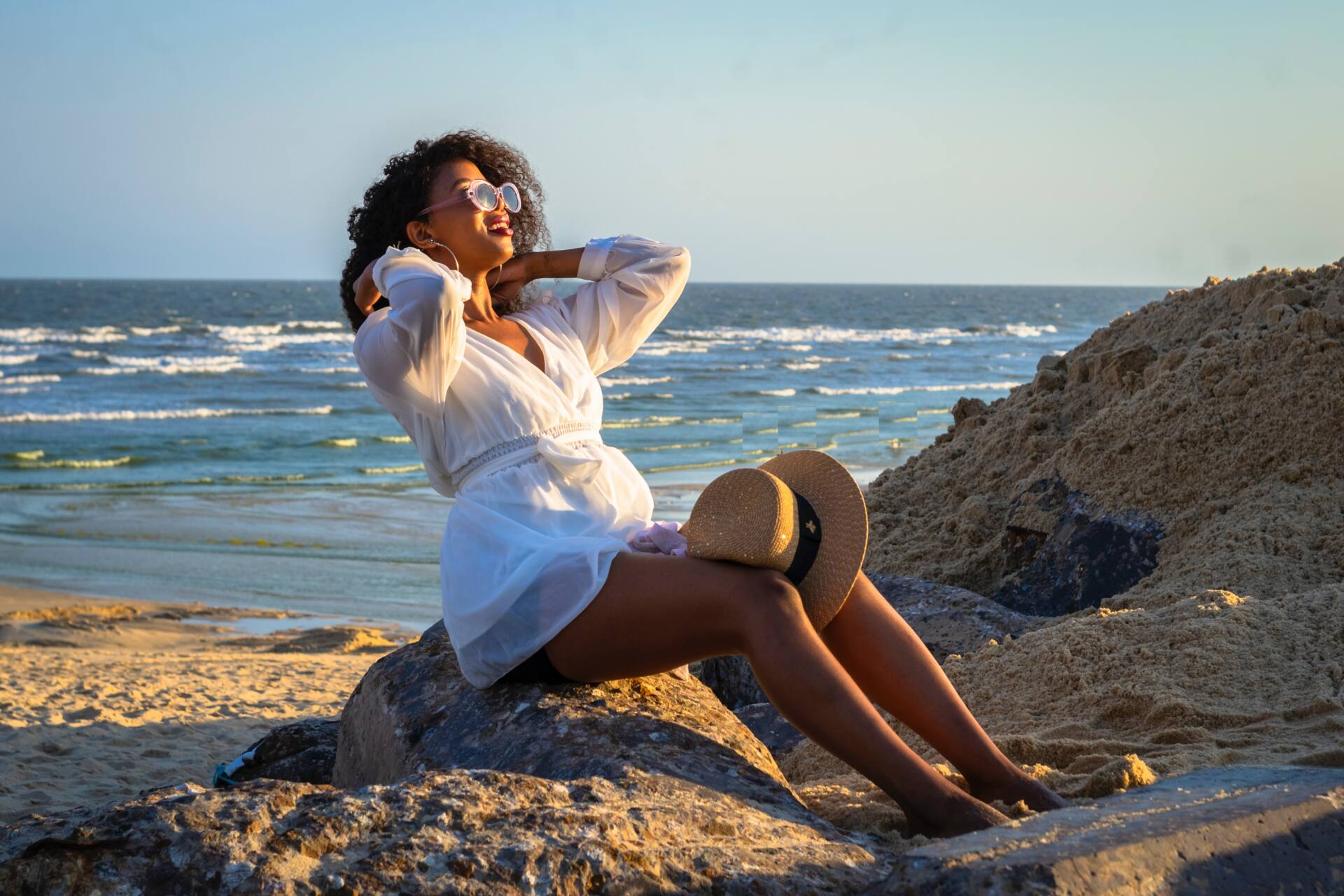Safety By the Sea: Sun Safety Tips For Coastal Lifestyles
- skincare-tips
Coastal living can be one of life’s great joys – warm beach days, sunny outdoor adventures, year-round fresh-air dining…the list goes on and on. However, even the best in life can burn you sometimes. And today, we mean this literally!
While we cherish the sunny days in our Lowcountry home, unprotected UV exposure increases your risk of skin damage and can lead to wrinkles, age spots and even skin cancer. That’s why proper sun safety is essential for coastal residents and visitors.
Understanding the UV Rays and Its Risks in Coastal Areas
Ultraviolet (UV) radiation is an invisible form of electromagnetic radiation emitted by the sun. These rays can be classified into three types: UVA, UVB and UVC. While UVC rays are absorbed by the ozone layer and do not reach the Earth’s surface, UVA and UVB rays can cause significant damage to the skin.
Along the coast, several factors contribute to higher UV risks:
- Reflective surfaces: Water, sand and other reflective surfaces can amplify UV radiation. Due to this reflection, studies have shown that coastal areas consistently have higher UV index values than inland regions.
- Weather conditions: While seaside areas are known for their sun, they are also prone to fog and haze. Cloudy or overcast weather can increase your risk of sunburn, mainly due to the misconception that it cannot occur under cloud cover – it can!
However, those reasons are no cause for panic, only increased vigilance! While UV exposure can increase your risk of skin damage, this does not need to be the case. According to the American Academy of Dermatology, UV-ray exposure is the most preventable risk factor for all types of skin cancers. With the following tips, you can greatly reduce your risk of the sun’s harmful effects.
Essential Sun Safety Tips
Wear Protective Clothing
Fashion can also be functional! When choosing sun-safe clothing, opt for lightweight and long-sleeved shirts, long pants, etc., made from tightly woven fabrics. Don’t forget to protect your eyes as well with UV-protective sunglasses.
Protect Your Scalp
While it may not be second nature to protect your scalp, it’s an easy measure to adopt. Wear a wide-brimmed hat, or simply use sunscreen to protect your scalp from unnecessary burns. Consider using UV-protective hair products or wearing a headscarf for extra sun protection.
Apply (and Reapply) Sunscreen
Use a broad-spectrum sunscreen with an SPF of 30 or higher, and apply sunscreen generously to all exposed skin at least 15-30 minutes before heading out. Reapply every two hours or more frequently if swimming, sweating or towel drying.
Seek Shade During Peak UV Hours
While everyone enjoys their time in the sun, we’d advise taking a break every now and again. Use umbrellas, beach tents or natural shade to protect yourself when the sun’s rays are strongest – between 10 a.m. and 4 p.m.
Be Mindful of Reflection
Water, sand and other reflective surfaces like snow can intensify UV radiation. Apply extra caution near these areas, as sea surf/foam and dry sand can reflect up to 30% and 18% of UV rays, respectively.
Check Your Skin Regularly
Regular self-examinations are the key to early detection of any skin abnormalities. While best-case scenarios will signify no signs of skin damage, monthly checks will allow you to identify any changes, new moles or suspicious spots ASAP. Consult your board-certified dermatologist if you notice any concerning or evolving skin lesions.
And schedule a visit with our board-certified dermatologists!
You’re never alone in your skincare journey! At Charleston Dermatology, we view skin health as a team effort. Our board-certified team of skin specialists is ready to work with you to help you achieve the skin you’ve always dreamed of. Contact us today to schedule your visit!
